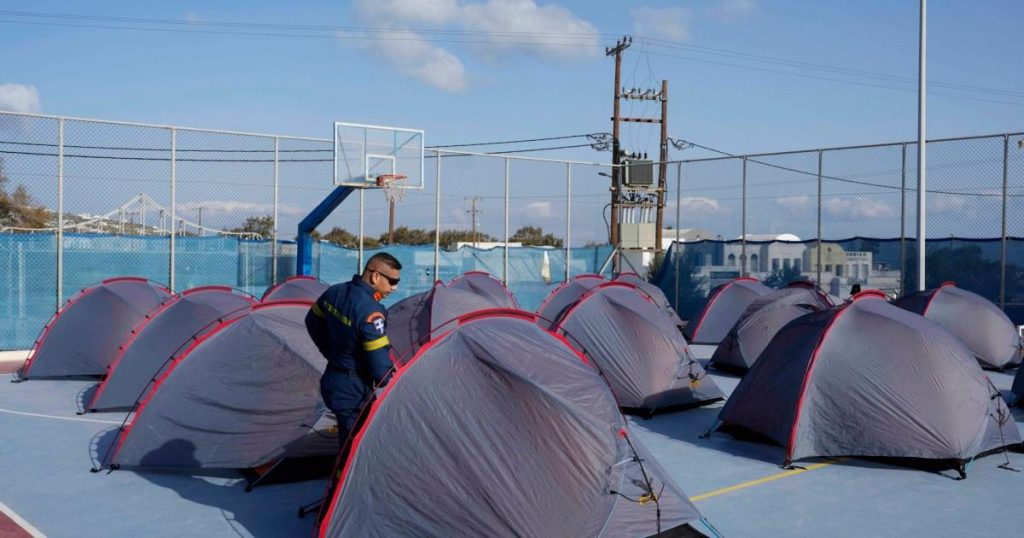Santorini on Edge: A Volcanic Island Braces for the Unknown
The picturesque Greek island of Santorini, renowned for its stunning caldera views and white-washed villages, is currently grappling with an unsettling surge in seismic activity. Since Friday, a series of earthquakes, some exceeding a magnitude of 4, have rattled the island, prompting authorities to implement precautionary measures and fueling anxieties among residents and tourists. The quakes, occurring every few minutes on Monday, have sparked fears of a larger seismic event, casting a shadow over the popular tourist destination.
The heightened seismic activity has led to the closure of schools and the initiation of evacuation flights. Residents have been advised to avoid large indoor gatherings, small ports, and areas susceptible to rockslides. Hotels have been instructed to drain their swimming pools to minimize potential damage to buildings in the event of a more significant earthquake. These measures reflect the seriousness with which authorities are treating the situation, recognizing the potential for further seismic unrest.
The impact of the continuous tremors extends beyond Santorini, affecting several nearby islands in the Aegean Sea, all popular holiday destinations. Over 200 undersea earthquakes have been recorded in the region over the past three days, triggering precautionary measures on these islands as well. Experts believe that the seismic activity, centered on an island where many populated areas are precariously situated on steep cliffs, could persist for weeks, leaving residents and authorities in a state of prolonged vigilance.
Local residents, though accustomed to occasional tremors, express a growing unease about the frequency and intensity of the recent quakes. The constant shaking has disrupted daily life, creating an atmosphere of anxiety and uncertainty. While some residents attempt to maintain a sense of normalcy, the underlying worry about a potentially larger seismic event is palpable. The director of the Santorini Philharmonic Orchestra, Michalis Gerontakis, described the situation as unprecedented, emphasizing the pervasive anxiety despite attempts to project calm.
The influx of tourists to the island during the holiday season adds another layer of complexity to the situation. Ferries have been packed with tourists leaving the island as a precautionary measure, highlighting the disruption to travel plans and the overall impact on the tourism industry. The authorities are working to facilitate the safe departure of visitors while also ensuring the safety and well-being of the island’s residents. The Greek Civil Protection Ministry has requested additional flights to and from Santorini to manage the flow of people leaving and entering the island.
The geological history of Santorini provides context for the current concerns. The island’s unique landscape was shaped by one of the largest volcanic eruptions in recorded history around 1600 BC. The last eruption in the area occurred in 1950. Situated on multiple fault lines, Greece is prone to earthquakes, and Santorini’s volcanic nature adds an additional layer of risk. The current seismic activity serves as a stark reminder of the powerful forces that shape the island’s geology and the ever-present potential for significant seismic events. While the immediate future remains uncertain, authorities are taking proactive steps to mitigate risks and ensure the safety of both residents and visitors. The situation continues to unfold, with experts closely monitoring the seismic activity and authorities preparing for various scenarios. The resilience of the island’s residents and the coordinated efforts of authorities will be crucial in navigating the challenges posed by this period of heightened seismic activity. The ongoing situation underscores the importance of preparedness and the need for effective communication between authorities and the public in times of natural hazard.


